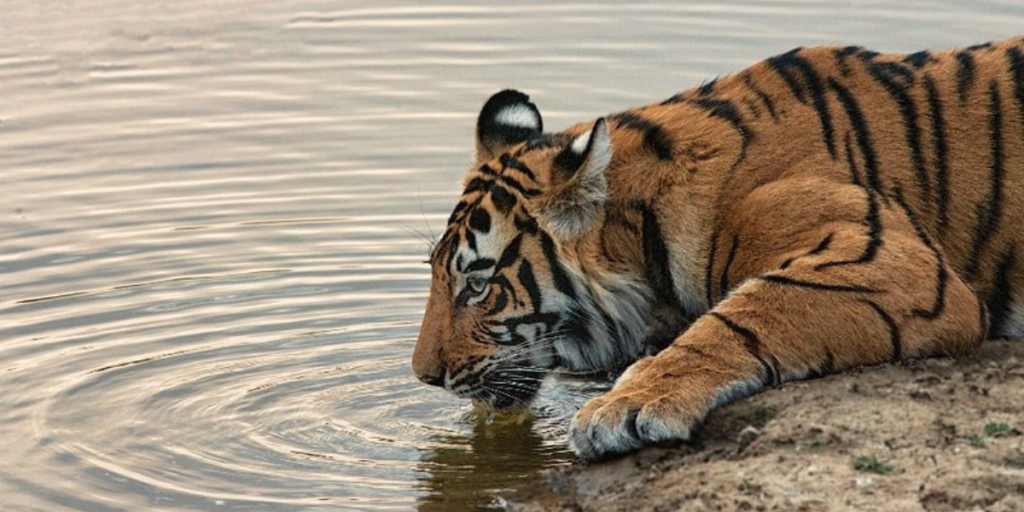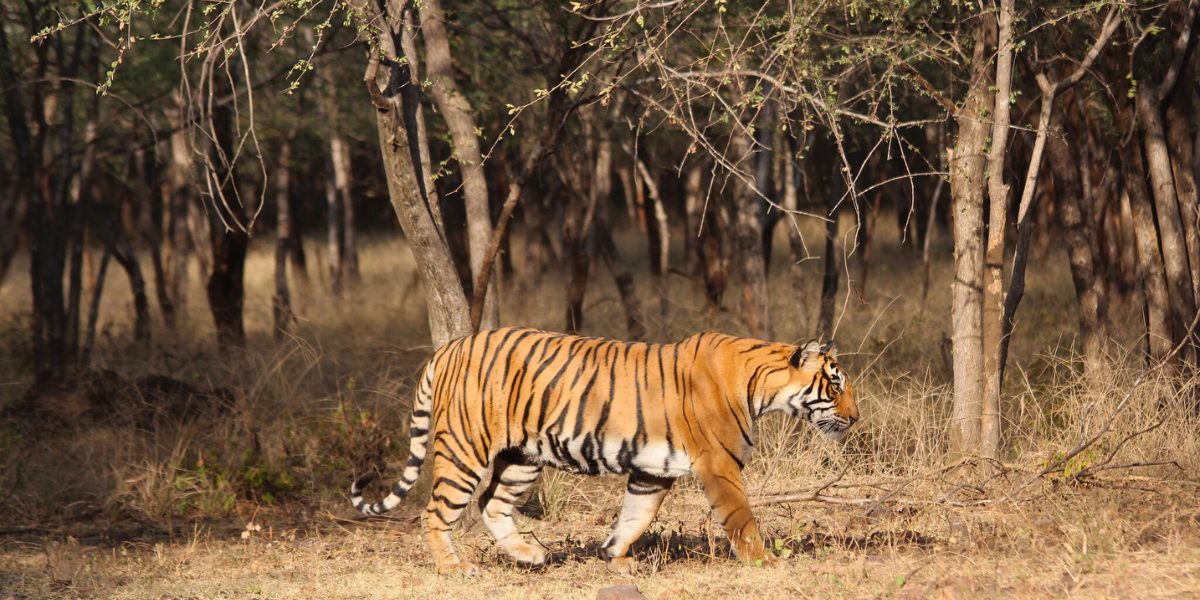INDIA: LAND OF THE TIGER
Table of contents
Geography Supports Future of the Tiger in India
The huge and incredibly diversified Indian subcontinent spans a wide region that runs from Bangladesh in the east to Pakistan in the west and expands north to the Himalayan kingdoms of Bhutan and Nepal. India is characterised by its striking temperature and topographic variations and it is home to a wide variety of animals and is the only location in the world where tigers and lions coexist.
History and its support to Future of the Tiger in India
India through history, tradition, culture, and religion illustrates how humanity is intertwined with the environment while showcasing the beauty and diversity of the Indian subcontinent’s livestock. What has shaped life in this geographical microcosm known as India is the outcome of billions of years of function by natural forces.
Human – Nature Conflict
In an attempt to exert control over his external environment, man has altered the natural order of things, causing harm to both nature and the accompanying animals. Man and Tiger have been engaged in a protracted battle, with Man appearing to be winning. But a component of Man’s conscience has come to understand that without it, it is also incapable of surviving on a physical or spiritual level.
However, occasionally, the lines are intentionally or unintentionally crossed by special interests that want to exploit the planet’s few surviving natural heritage regions for purely commercial or growth purposes.
Wildlife and Natural Habitats
Wildlife and diverse habitats have been pushed to the brink of extinction by humanity’s gradual acculturation and control. The population of animals has been driven dangerously low by self-defence, the brutal practice of sport hunting and poaching, and ultimately the economic objectives of the industrialised and globalised world.
The majestic tiger, despite its greater strength and perceptive skills, manages to survive to this day, battle-scarred and prostrate of man. Their survival has been possible at the mercy of man who had a massive, well-thought-out strategy for their utility and benefit. In the present circumstances, humanity is ultimately responsible and accountable for the fate of all living species and for determining the structure of the planet’s internal affairs.

Project Tiger 1972 to Safeguard the Future of the Tiger in India
In 1973, the tremendous effort resulted in Project Tiger in India and the 1972 Wildlife Protection Act in India. Being the apex predator in the Indian wildlife terrain, tigers are present in almost all of the country’s states except for Jammu and Kashmir. The protection laws of tigers keep the jungle intact, preventing the extinction of the surviving tigers and other species.
The acts of conserving tigers have helped India to coexist diversity and beauty of the creatures in the tiger’s territory as well as the burden that contemporary metropolitan values impose on India’s ecosystems.
Why save the Tiger?
Large tracts of forest are necessary for tigers to survive; a male tiger’s home range might be anywhere from 30 to 150 square kilometres. Currently, 3% of India’s territory is made up of natural, protected forests, which act as carbon sinks for the country’s rapidly industrialising and highly inhabited areas. These areas’ flora absorb hundreds of thousands of tonnes of carbon annually, which contributes to pollution management and guarantees enough precipitation during India’s life-giving monsoon rains.
India has more than 200 rivers and they are essential to the country’s existence. Many of them originate in or pass through the country’s 50 Tiger Reserves. The preservation of this enormously important area of land is necessary to maintain India’s freshwater supplies and all the benefits they offer, such as sediments for crops and fish as well as regulated flow to prevent erosion and floods. Many of them originate in or pass through the country’s 50 Tiger Reserves.
The herbivore population is regulated by the tigers and other big predators like the leopard and wild dog. If not kept in tight rein, then it might lead to subsequent crop raiding on neighbouring fields and stem an irreversible loss for the farmers from overgrazing in the forest.
Important species and their habitats are included within India’s Tiger Reserves by legislation that safeguards them as an umbrella for other species. The task force, research studies, habitat preservation initiatives, and community development initiatives have all contributed to the preservation of several species, including tigers.
Tourism Supporting the Future of the Tiger in India
In terms of this industry, wildlife tourism in some places generates revenue, increases public awareness, and exposes people to it. It also involves public assistance, which helps Park Management directly by generating employment. The ultimate conflict is between the locals and the animals, therefore it also helps lessen human-animal conflict that arises from expanding wildlife populations.
Popular Tiger Reserves in India
Frequently Asked Questions
What is the latest estimation of tigers in India?
As per analysis data by Wildlife Institute of India, from both camera-trapped and non-camera-trapped tiger presence areas, the upper limit of the tiger population is estimated to be 3925 and the average number is 3682 tigers. This is a 6.1% growth rate annually and is very commendable.
Why tiger is decreasing in India?
The main reason for tiger decrease has been Hunting, poaching, and illegal trade. After Project Tiger there has been a substantial decrease in same.
What is the current situation of tigers in India?
The number of tiger has increased in India to 3267 as per the last census in 2022 and the efforts show that the future of the India is good in India.
What is India doing to protect tigers?
India launched the Project Tiger in 1972-73 to safeguard the tigers and the wildlife habitats that are required. This project not only helps to safeguards tiger populations but also works to preserves ecosystems.
Write to us with your thoughts at info@tigersafaritoursindia.com . Visit www.rassdestinations.com





